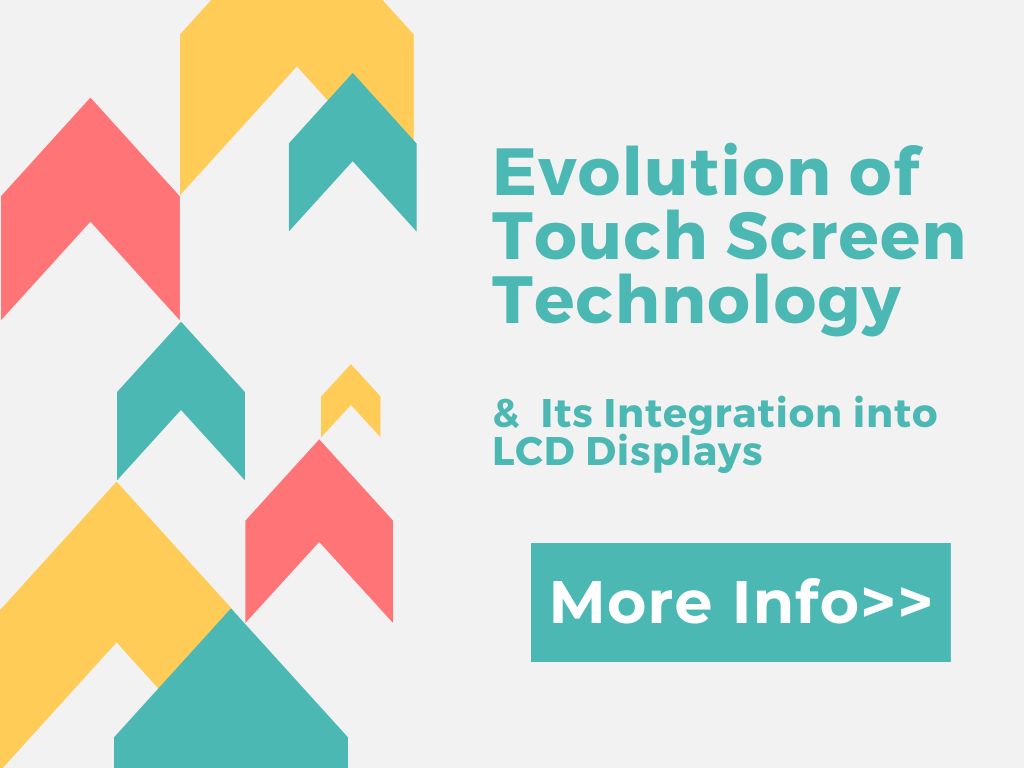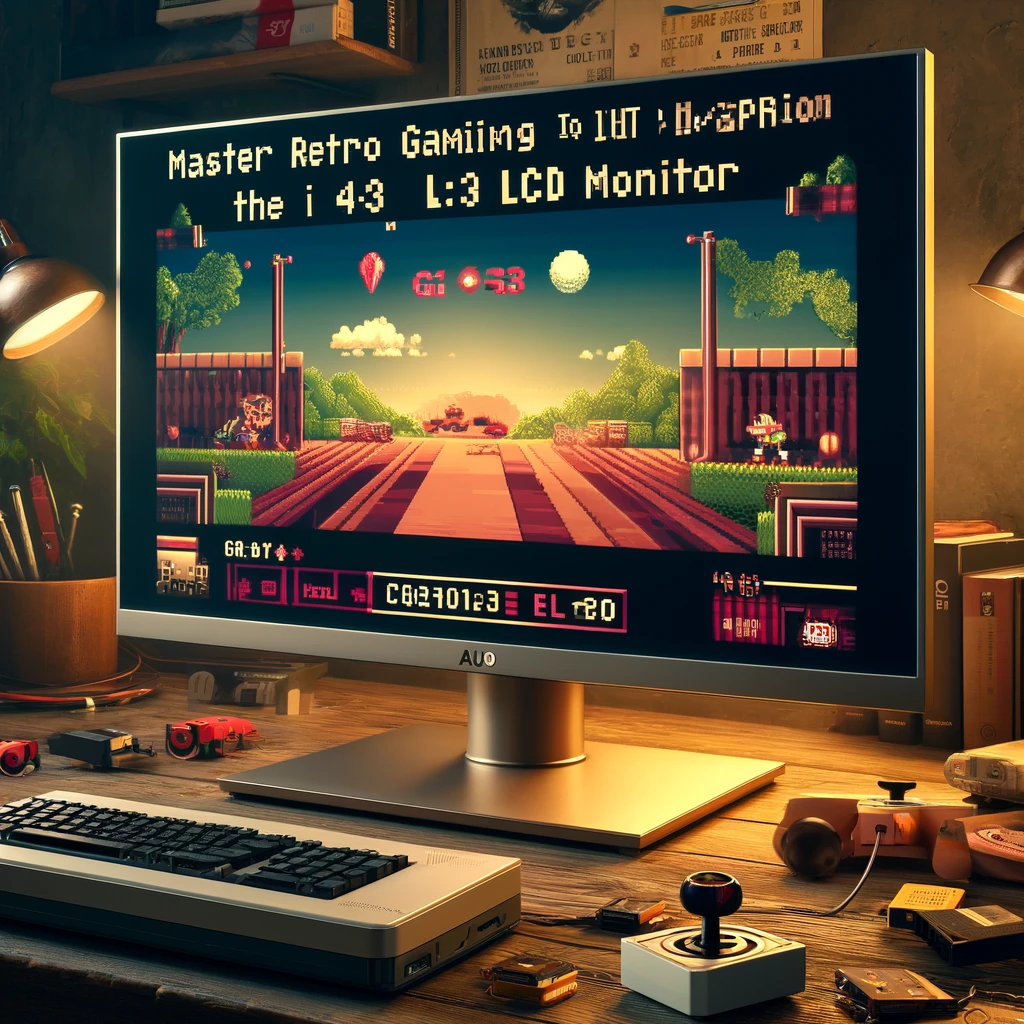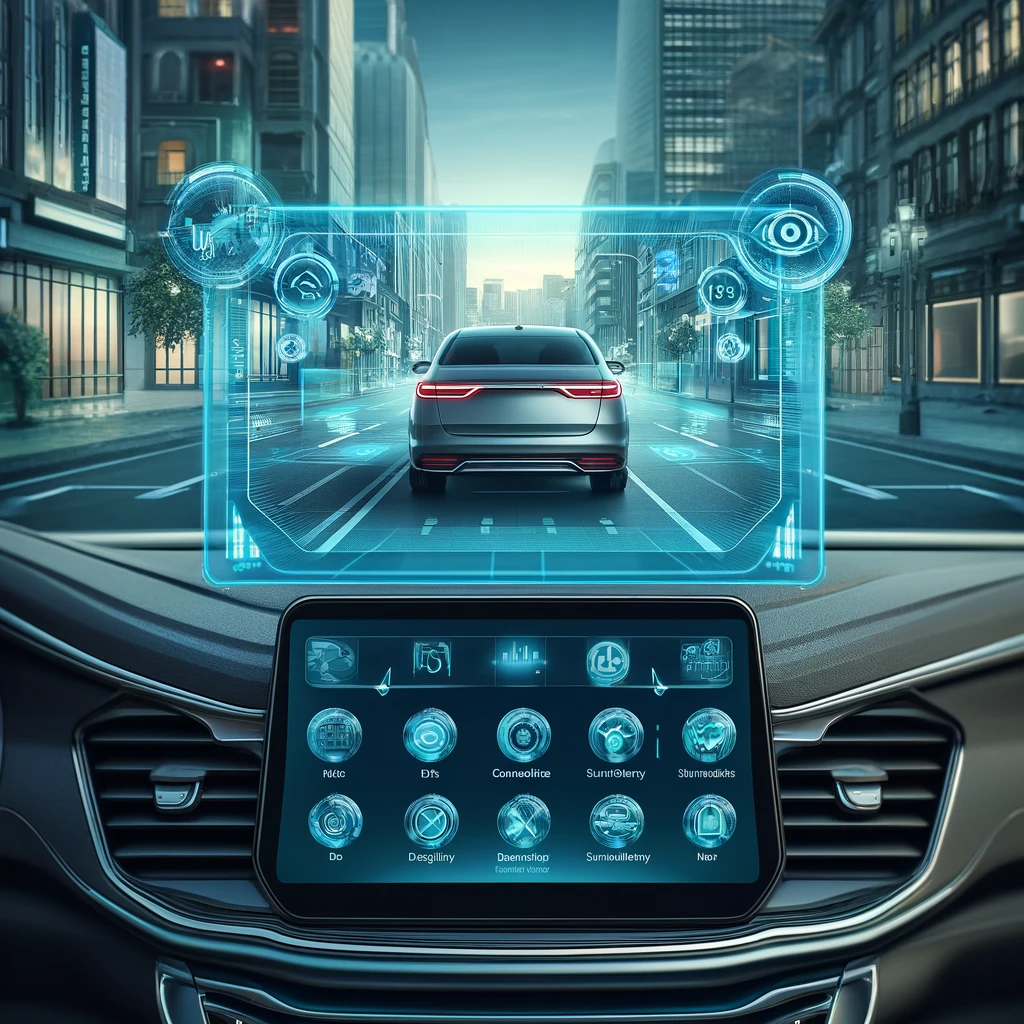In the digital age,
touch screen technology has become a ubiquitous part of our daily lives. From smartphones to ATMs and from tablets to interactive kiosks, the convenience and efficiency of touch screens have revolutionized the way we interact with digital devices. This article delves into the evolution of touch screen technology, its integration into LCD displays, and the transformative impact it has had on various industries.

The Origins of Touch Screen Technology
Touch screen technology has its roots in the 1960s, when the first rudimentary versions were developed. However, it wasn't until the 1980s and 1990s that touch screens began to gain popularity, thanks to advancements in technology that made them more reliable and affordable.
Early Developments and Innovations
The initial touch screens were resistive systems, relying on the physical pressure to register input. This technology paved the way for the development of more advanced capacitive touch screens, which detect the presence of a conductive object, like a finger.
Advancements in Touch Screen Technology
Over the years, touch screen technology has seen significant advancements, leading to improved accuracy, responsiveness, and durability. These improvements have expanded the applications of touch screens beyond consumer electronics to industrial, medical, and automotive fields.
From Resistive to Capacitive
The shift from resistive to capacitive technology marked a significant milestone in the evolution of touch screens. Capacitive touch screens offer several advantages, including multi-touch capability and better durability, as they do not rely on physical pressure.
The Introduction of Multi-Touch
The advent of multi-touch technology was a game-changer, allowing users to perform more complex gestures, such as pinching and zooming. This technology has been instrumental in the development of smartphones and tablets.
Integration of Touch Screen Technology into LCD Displays
The integration of touch screen technology into liquid crystal display (LCD) screens has been a critical development, enabling the production of more compact, efficient, and interactive devices.
Technological Synergy
The combination of touch screen technology with LCD displays has resulted in devices that are not only visually appealing but also highly functional. This synergy has enhanced the user experience, making digital interactions more intuitive and engaging.
Challenges and Solutions
Integrating touch technology into LCD displays has presented several challenges, such as maintaining display clarity and touch sensitivity. However, innovations in materials and manufacturing processes have successfully addressed these issues.
Impact on Various Industries
The integration of touch screen technology into LCD displays has had a profound impact on numerous industries, transforming how people access information, conduct transactions, and interact with digital content.
Consumer Electronics
In the realm of consumer electronics, touch screens have become standard on a wide range of devices, including smartphones, tablets, and smartwatches, making them more user-friendly and accessible.
Healthcare
In healthcare, touch screen technology has improved the efficiency and accuracy of medical devices and patient monitoring systems, enhancing patient care and safety.
Automotive Industry
The automotive industry has also embraced touch screens, incorporating them into vehicle dashboards and infotainment systems, thereby improving driver convenience and control.

The Future of Touch Screen Technology
As we look to the future, touch screen technology continues to evolve, with researchers and developers working on even more sophisticated systems, such as flexible and transparent touch screens.
Innovations on the Horizon
Emerging technologies, such as haptic feedback and touch-sensitive surfaces that can mimic physical textures, are set to further enhance the user experience, opening up new possibilities for interaction.
Expanding Applications
The potential applications of touch screen technology are vast, extending to sectors such as education, retail, and public services, where they can facilitate more interactive and engaging experiences.
Conclusion
The evolution of touch screen technology and its integration into LCD displays represent a significant technological advancement, profoundly impacting how we interact with digital devices. As this technology continues to evolve, we can expect even more innovative applications that will further transform our digital experiences.
FAQs
1. What is the difference between resistive and capacitive touch screens?
Resistive touch screens rely on physical pressure to register input, while capacitive touch screens detect the presence of a conductive object, such as a finger, offering advantages like multi-touch capability.
2. How has touch screen technology impacted the healthcare industry?
Touch screen technology has enhanced the efficiency and accuracy of medical devices and patient monitoring systems, improving patient care and safety.
3. Can touch screen technology be integrated into any type of display?
While touch screen technology is most commonly integrated into LCD displays, advancements in technology have made it possible to integrate touch functionality into various types of screens, including OLEDs and flexible displays.
4. What are some future innovations in touch screen technology?
Future innovations include haptic feedback and touch-sensitive surfaces that can mimic physical textures, expanding the possibilities for digital interaction.
5. How does touch screen technology benefit the automotive industry?
Touch screens have been incorporated into vehicle dashboards and infotainment systems, improving driver convenience and control by making the interface more intuitive and accessible.



 The Elegance of Glass LCD Displays: Applications and Advantages
The Elegance of Glass LCD Displays: Applications and Advantages
 Retro Gaming Revisited: Embracing the Charm with the Right LCD Monitor
Retro Gaming Revisited: Embracing the Charm with the Right LCD Monitor
 Enhancing Vehicle Safety with Advanced Rear View LCD Technology
Enhancing Vehicle Safety with Advanced Rear View LCD Technology
 Seeing Clearly: The Design and Importance of Sunlight Readable LCD Monitors
Seeing Clearly: The Design and Importance of Sunlight Readable LCD Monitors